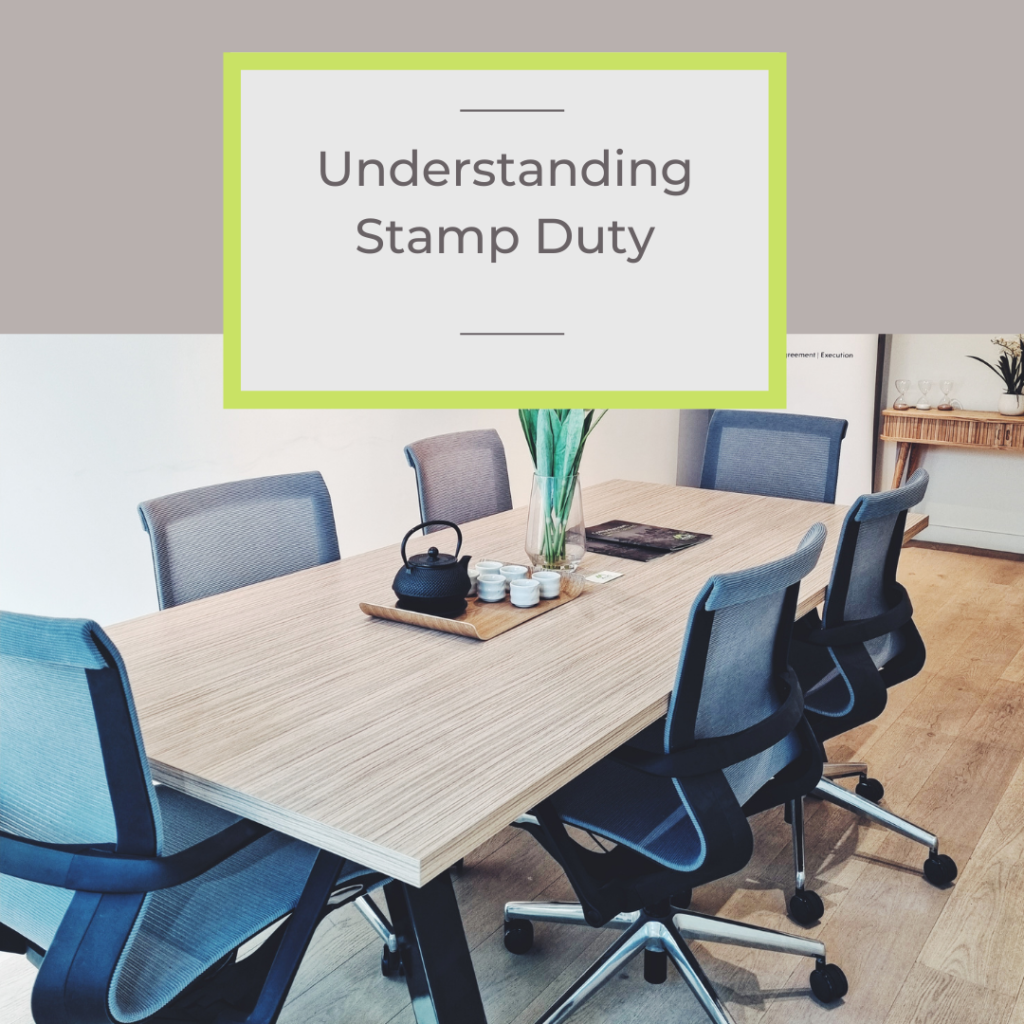Stamp Duty for Buyers
04 November 2021
There are many things you need to consider when purchasing a property, whether that is the style of the house, its location, the bank in which you will be obtaining a loan through, or your offer terms. Stamp duty, more formally known as land transfer duty, is one such factor, as it can play an important role in determining your budget for the property you purchase.
Understanding when and how this duty gets paid, as well as navigating any potential concessions you may be entitled to, is not always easy.
Firstly, what is land transfer duty? It is a tax payable to the State Revenue Office for your acquisition of real estate. This means that it must be paid at settlement when you become the registered proprietor of a property. The cost for duty is determined by the type of property you are buying, whether it is a home or investment, and the value of the property. Similarly, any concessions for duty are determined by the same things.
The most common concessions that are applied are:-
The Principal Place of Residence Concession (PPR)
This can be applied to purchasers when you are buying a home to live in, but it may not be your first home. The purchase price must not exceed $550,000.00 and you must move into the property within 12 months of settlement and continue to live in the property for 12 months.
First Home Buyer Concession or Exemption (FHB)
This can only be applied if you are a genuine first home buyer, in that you (or your spouse/partner living with you) has never owned and occupied a property previously nor received any FHB concessions previously. If the purchase price is less than $600,000.00 you may be eligible for a full exemption of stamp duty. If the price is between $600,001.00 – $750,000.00 then the duty is discounted based on a sliding scale. Any properties which exceed $750,000.00 in price are not eligible for concessions. Like with the PPR concession, you must move into the property within 12 months of settlement and continue to live in the property for 12 months.
Off-the-Plan Property Concession
This relates only to properties purchased “off-the-plan”, meaning they are not yet fully constructed at the time you sign the contract. However, this concession can only be applied if you are buying such a property to live in as your primary residence and you meet the PPR concession criteria mentioned above. Investors are not eligible for any off-the-plan duty concessions. This concession works by calculating duty based off the dutiable value as at the date the contract was signed, not the purchase price. The dutiable value is the total of the land value plus any construction costs which have been incurred at the time you sign the contract, though this is not always known until settlement which could be months or years after you signed the contract. It is, therefore, difficult to budget for stamp duty when purchasing an off-the-plan property.
There are plenty of other concessions that may apply depending on your circumstances, such as concessions for pensioners buying a primary residence, deceased estates transferring to beneficiaries, or ownership transfers between spouses.
It is the Conveyancer’s role to apply the relevant concessions for you prior to settlement by drafting the appropriate documentation for you to sign. They will arrange for the documents to be assessed by the State Revenue Office and then factor the final stamp duty amount into the total funds payable by you at settlement.
Ultimately, it is the State Revenue Office who determines the final amount for stamp duty at settlement. Your Conveyancer should be able to help you establish which concession, if any, might be applicable or what the estimated amount for stamp duty at settlement may be. For better clarity it is always a good idea to speak with the State Revenue Office directly to explain any specific circumstances to your purchase which may determine the duty payable. The State Revenue Office also has an online calculator which can help here.
